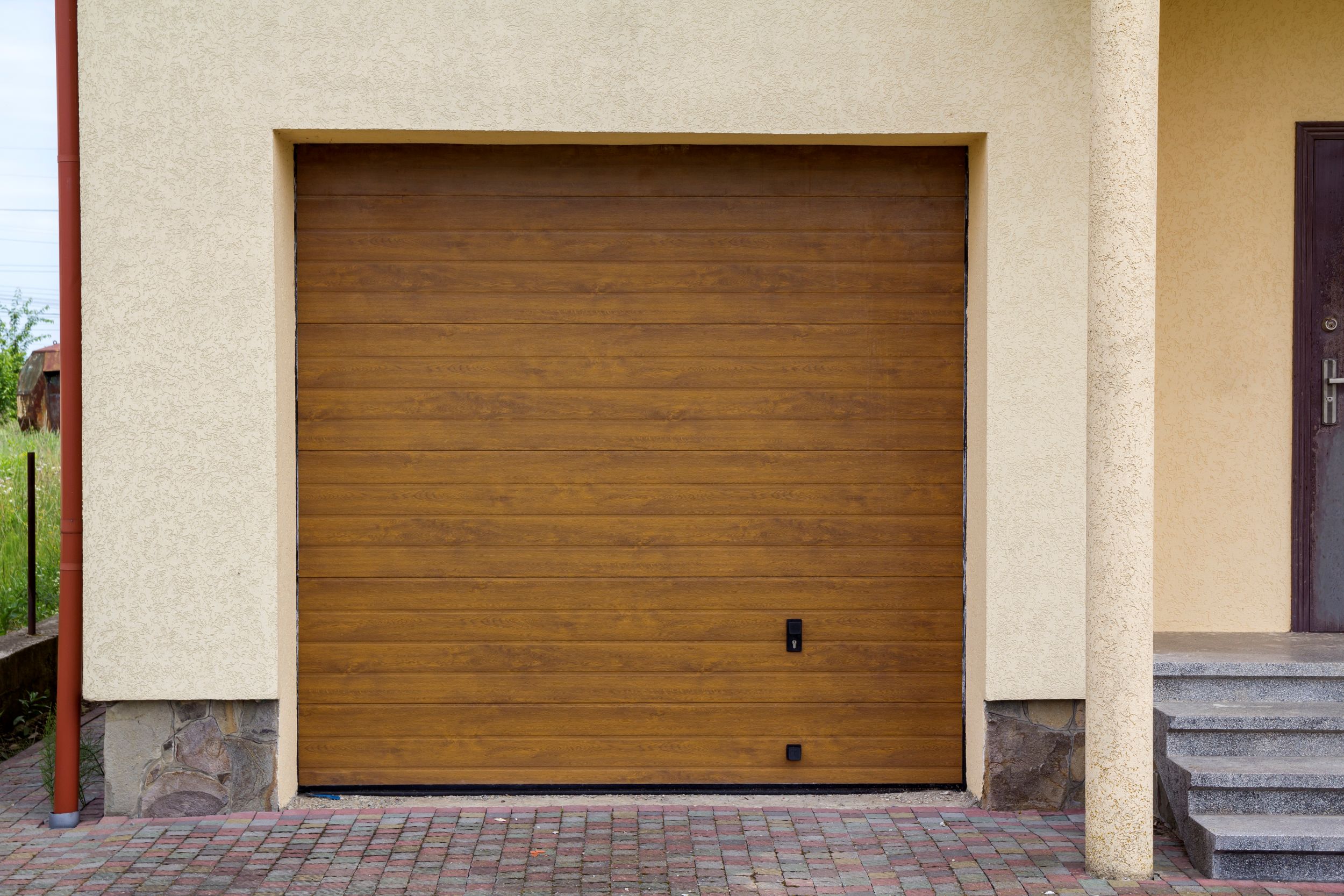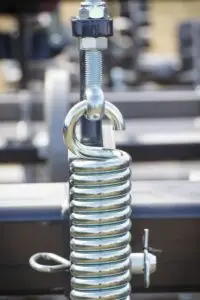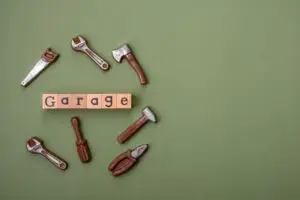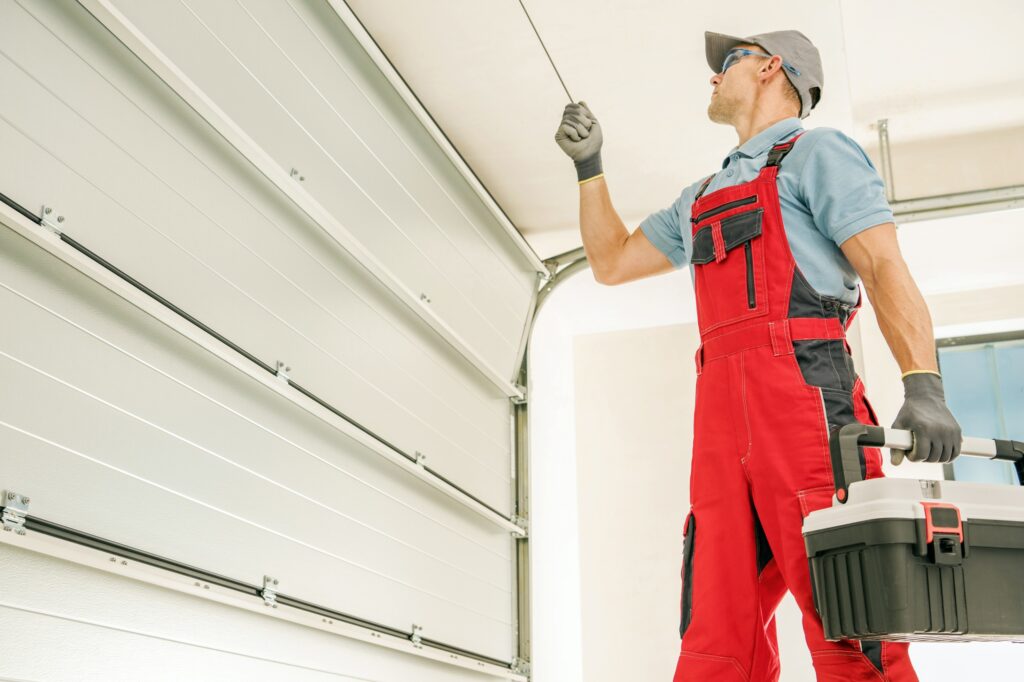If your garage door groans, jerks or slams shut faster than you can say “Houston Garage Door Repair,” there’s a good chance your door is off balance—and your garage door opener repair might just be one piece of a larger puzzle.
In this spunky guide, we’re diving deep into the often-overlooked art of checking garage door balance. We’ll walk you through tension test procedures, explain what signs scream “unbalanced garage door fix needed,” and show you why ignoring spring issues can lead to bigger (and louder) problems. Plus, we’ll show you when to rope in a spring repair service before things really go off the rails.
Why Balance Matters (It’s Not Just About Being Centered)
Think of your garage door like a seesaw. If one side’s heavier or the tension is off, everything goes wonky. An unbalanced garage door can cause:
- Strain on your opener’s motor
- Faster wear on springs and cables
- Uneven door movement and noisy operation
- Safety hazards for pets, kids, and vehicles
That’s why testing the garage door spring tension is key to long-term door health—and smart homeownership.
Understanding Garage Door Balance: The Basics
Most garage doors use torsion springs or extension springs to counterbalance the door’s weight. When correctly calibrated, these springs let you lift the door with minimal effort—even manually.
But when those springs get tired? That’s when things get heavy, literally.
Here’s what you need to know about the types of springs affecting your balance:
Torsion Springs
Mounted above the door, these springs twist to create torque. They’re common, durable, and provide smoother operation.
Extension Springs
Found on either side of the door, these stretch and contract to lift the door. Cheaper but a bit jumpier and more maintenance-prone.
Whether you’ve got torsion or extension, both require balance checks over time to avoid sudden failure and garage door opener repair costs down the road.
DIY: How to Perform a Garage Door Balance Check (Safely)
Disclaimer: If you’re unsure or uncomfortable, don’t DIY. Call a pro for spring repair service—it’s safer and smarter. But if you’re feeling confident, here’s how to do a quick balance check.
1. Disconnect the Opener
Pull the emergency release cord (usually red) to disconnect the door from the opener. You’ll be testing spring balance, not motor power.
2. Lift the Door Manually
Raise the door halfway and let go (slowly). Does it:
- Stay in place? Nice! Your door is likely balanced.
- Fall quickly? Springs are too loose.
- Shoot upward? Springs may be too tight.
This simple balance check step can tell you a lot about your garage spring adjustment needs.
3. Observe the Door’s Movement
Watch how smoothly it moves. Uneven door movement, resistance, or jerking could mean trouble. Even minor misalignments add strain over time.
Signs Your Garage Door Is Out of Balance
Still not sure? Keep an eye out for these worn spring symptoms:
- Door feels heavier than usual
- Door doesn’t stay open or slams shut
- Opener struggles or makes strange noises
- Gaps in torsion spring coils (garage spring lifecycle is nearing the end)
- You hear a loud bang from the garage (often a spring breaking)
If any of these sound familiar, you might need more than just an adjustment—you could need full garage door spring repair or a safety inspection.
The Cost of Ignoring Spring Balance
Unbalanced doors aren’t just loud and clunky—they’re downright dangerous.
Here’s what you risk:
- Motor burnout (hello, unexpected garage door opener repair bill)
- Snapped cables or springs that could injure people or damage property
- Roller misalignment, track bending, and even full door collapse in extreme cases
Plus, ignoring spring problems shortens your door’s lifespan and may void warranties on newer openers. Not worth it!
Spring Balance and Garage Door Opener Repair: The Hidden Connection
We get it. You searched “garage door opener not working” and assumed the motor was toast. But here’s the twist—sometimes, the issue lies in spring calibration.
When springs are too loose or tight, the opener works overtime. Eventually, that extra strain can lead to:
- Opener wiring issues
- Fried motor circuits
- Grinding gears and chain derailment
- A total system failure (and a higher repair bill)
So before replacing your opener, check the door balance. It might save you money—and a headache.
How Often Should You Check Balance?
Good question! The answer: Every 6 to 12 months. More often if:
- You live in a humid climate (hello, Texas!)
- Your door sees heavy daily use
- You’ve had spring issues before
Regular checks can catch garage door weight imbalances early—before they evolve into major malfunctions.
When to Call a Pro for Spring Repair Service

Some things are better left to the pros, and spring repair is definitely one of them. Here’s when to bring in help:
- You see a visible spring gap
- The door drops like a rock when you let go
- You hear screeching, popping, or banging
- You’re unsure of your door type or spring system
- You want peace of mind before replacing your opener
Don’t Let a Wobbly Door Wreck Your Garage
If your garage door feels heavier than usual or your opener sounds like it’s crying for help, now’s the time to act. A quick garage door balance check today can save you a world of repairs tomorrow.
Whether it’s time for spring tension tuning, garage spring adjustment, or full-on garage door opener repair, the pros at Houston Garage Door Repair have your back. Our licensed techs will inspect, adjust, and restore balance to your garage system—quietly, safely, and professionally.
FAQ: Got More Questions? We’ve Got You
Can a new opener fix a balance problem?
Nope. Even the fanciest opener can’t compensate for a door that’s too heavy or too light due to unbalanced springs. You may temporarily mask the issue, but eventually, the opener will fail. Always fix the root cause—then upgrade your tech.
How long do garage door springs last?
Most torsion springs last about 10,000 cycles (a cycle = one open and close). For the average family, that’s 7–10 years. Some high-cycle springs can last up to 20,000 cycles with proper maintenance. Regular inspections can help spot issues before they become dangerous.
Next Up: What to Do When Storms Strike
If you thought a misaligned spring was trouble, just wait until Mother Nature gets involved. Our next post, “Emergency Garage Door Repair During Storm Season: What Houston Homeowners Should Know“ is a must-read for staying safe and secure when the weather turns wild.
Because let’s be honest—your garage door deserves to be ready for anything, not just day-to-day balance checks.






